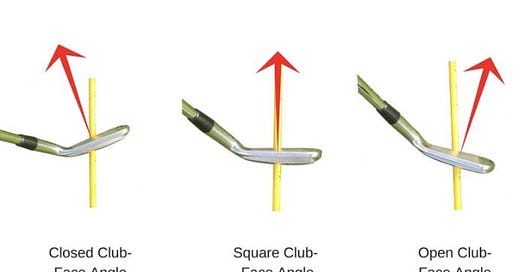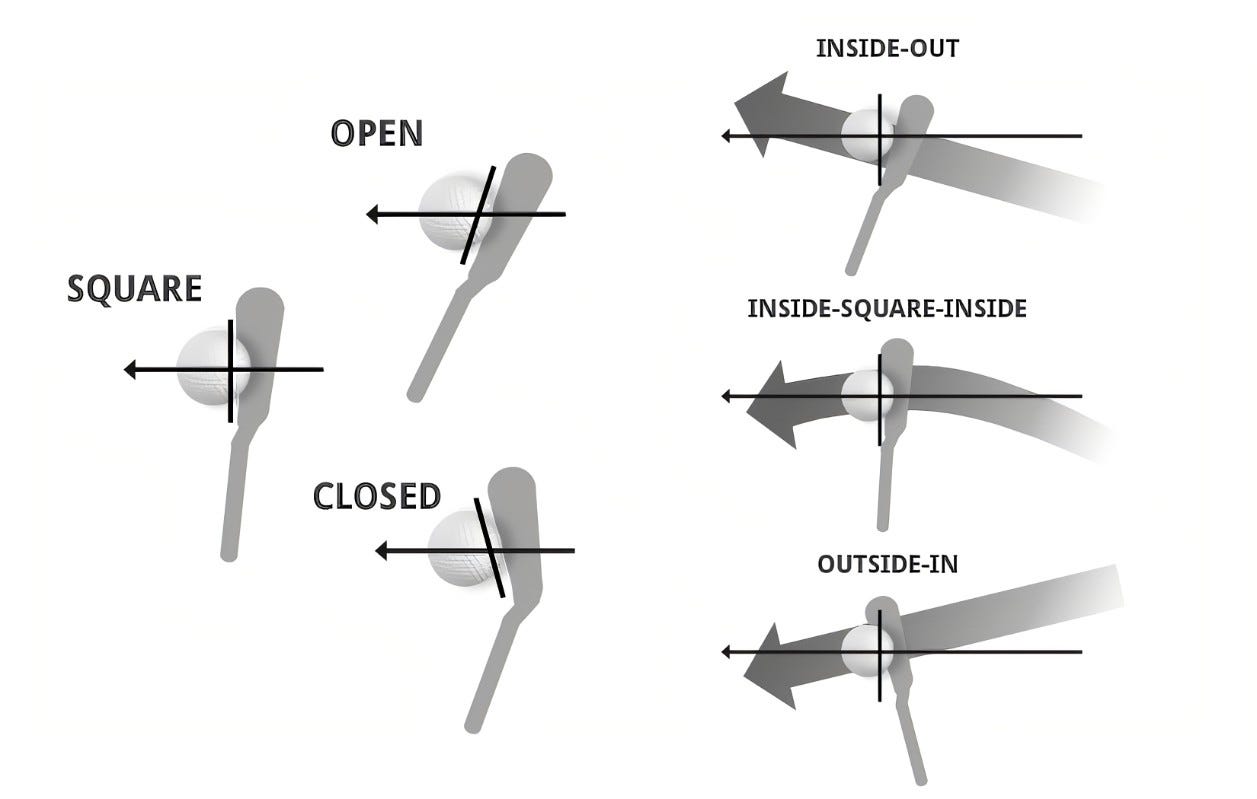While golfers spend countless hours trying to learn to shallow the club or shift their weight properly or whatever swing flaws they believe they need to fix, most golfers would benefit greatly by simply understanding something very basic. Without this knowledge, golfers miss a big piece of learning which can greatly improve changes they are trying to make.
This is not to say fixing swing flaws is wrong. Of course, that would be a ludicrous statement to make. We all have swing flaws which, when corrected, improve our ability to play golf. It goes without saying these need to be addressed, but they need to be addressed in practice. Too many golfers try to fix them on the golf course after hitting a few slices or hooks or pushes or blocks.
Or, I’m sure you have done or seen this, the golfer will aim further left if they are hitting shots out to the right only to have the ball end up still going way If the right.
When I see this, I know the golfer doesn’t have a basic piece of knowledge to actually address the problem on the course.
What is this basic knowledge?
Ball Flight Laws.
Ball Flight Laws explain why the ball goes where it goes. Understanding the Ball Flight Laws is hugely beneficial in correcting directional issues on the course but understanding them also aids in learning when addressing swing flaws.
What are the Ball Flight Laws?
Don’t worry. I’m not going to give a dissertation in physics. Let’s keep it simple.
Two factors influence the flight of the ball. One determines direction, and one determines the curve of the ball flight. These two factors are the clubface and swing path.
Clubface determines direction. Where the clubface is pointing at impact is where the ball is going. If the club face is pointing left, the ball is going to end up left. If the clubface is pointing to the target, the ball will go towards the target. If the clubface is pointing right, the ball is going to end up to the right.
Swing path combined with where the clubface is pointing at impact determines the curve of the ball flight. The ball can fly straight or have curve depending on where the clubface is pointing in relation to the swing path.
If the clubface is square to the target and the swing path is on the target line, the ball will fly straight.
If the face is open or closed to the target but is square to the swing path, the ball will fly straight as a push or pull.
If the clubface is square to the target or pointing to the right for a right-handed golfer (open clubface) and the swing path is out-to-in, the ball will curve left to right as a fade or a slice.
If the path is in-to-out with a clubface square or closed to the target, the result will be a draw or a hook.
Now, think about the golfer from earlier who is missing all their shots to the right. They try to compensate by aiming further left. This almost always makes the situation worse because they assume aiming further left will fix the issue. Unfortunately, the swing path hasn’t changed, and the face will still be open. Normally, the ball tends to slice even more.
But, if the player simply closed the clubface more at impact rather than aim further left, the ball would fly straighter.
Here’s a simple phrase to help understand this, face sends it, path bends it.
As I said earlier, swing flaws are at the root of these issues and need to be addressed, but I want to emphasize trying to fix swing flaws while playing is a sure way to get frustrated.
Next time you are playing and having issues with direction, consider trying to open or close your clubface at impact to compensate for the directional issues.
As with trying to correct swing flaws, spending some time practicing opening and closing the clubface and altering the swing path is ideal. For some practice ideas to work on these, get a paid subscription. Paid subscribers receive additional content each week.
As always, be thankful when you are on the golf course. Be grateful you have the privilege and opportunity to play this great game. Now, go golf!
Keep reading with a 7-day free trial
Subscribe to Go Golf to keep reading this post and get 7 days of free access to the full post archives.






